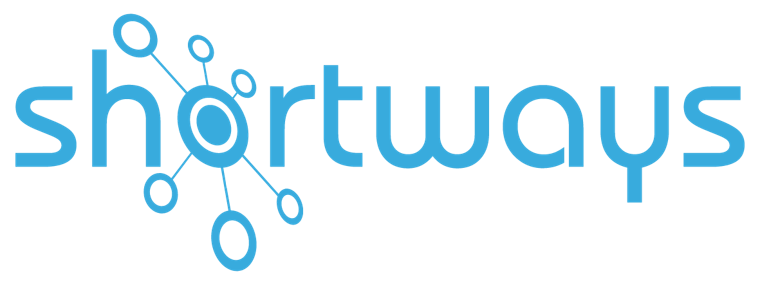For some time now, we hear and talk about Cloud. But what is it exactly? What does that mean?
Let us define what Cloud Computing (Also called Cloud or SaaS (Software as a Service)) is.
According to Gartner, SaaS can be defined as a “software that is owned, delivered and managed remotely by one or more providers. The provider delivers software based on one set of common code and data definitions that is consumed in a one-to-many model by all contracted customers at anytime on a pay-for-use basis or as a subscription based on use metrics.”
SaaS software is contrasted to what is called On-Premise (on the Desktop or in the datacenter’ servers) software. This means that corporate data is stored/handled internally. Software is installed on companies’ servers and is acquired by buying a license computer or renting it. As a consequence, data is managed directly by a dedicated IT staff for the administration, maintenance and support.
SaaS software editors
Here is a list of the well-known software editors that propose SaaS (cloud) software (non exhaustive list) :
- Oracle
- Salesforce
- SAP
- IBM
- Microsoft
- NetSuite
- Workday
- Anaplan
- Tagetik
In a crowdy and competitive market, some start-ups are very promising. This is, among others, the case of Clever Cloud, Nuagelabs but also Teevity. These small companies captured the judges’ full attention in 2013 during the France EuroCloud Awards. With the advent of the Cloud, other start-ups, like Zetark, went for this booming market.
But, we noticed that it is sometimes difficult to confront the offers, especially when the editors propose the 2 types of software: An On Premise and a SaaS one.
For those you want to install an ERP in their organization and who do not know what are the different offers proposed by the editors, here is an example based on Oracle, SAP and Microsoft.
| ON PREMISE (desktop) | CLOUD (SaaS) | |
| ORACLE | Ebusiness suite, JDE, Oracle financial… | Cloud Oracle ERP |
| SAP | SAP ECC, SAP R/3 | SAP S/4 Hana |
| MICROSOFT | Microsoft Dynamics AX(formerly known as Navision) | Microsoft AX Cloud |
Some of the software vendors only propose Cloud services. It is the case, among others of “Workday” for example or SalesForce who’s been the pioneer of this market. The reason of that choice is that, today, the Cloud offers many benefits that makes it increasing its market share in the software market.
Cloud Computing: A growing market
Since few years, SaaS software (Cloud) represents an important market. In 2016, expenditures will represent 12% of the IT budget of the companies instead of 3% in 2011. An increase that reflects companies’ desire for the use of Cloud inside their organization.
This increasing success is probably due to the many advantages that the Cloud is offering to companies:
- Reduces licensing cost by paying for what you use and you need
- Avoids to recruit an IT staff. The maintenance of the software is managed by the SaaS vendor.
- Avoids to manage the upgrades. This is the SaaS vendor who is responsible of that.
- Perceived as an innovative change
- Provides access to documents and data from anywhere, at any time, on any device
Cloud computing offers many more benefits that could be added here. Furthermore, all the benefits could be achieved only if users can fully master and increase their proficiency of your SaaS business solution
From our point of view, we think at Shortways that the success of a new tool like a new cloud- based solution in the organization involves the engagement and training of the people. We think it is important to keep humans in mind, at the center of your projects both technological and strategic, because, projects are for them, and they are the one who add value and agility to the organizations
With our virtual assistant Shortcuts, you mentor, support and train your staff taking handle of your SaaS solution in order to derive the greatest benefit of it!
And you, do you deploy SaaS software? Are you in a Cloud mode?


